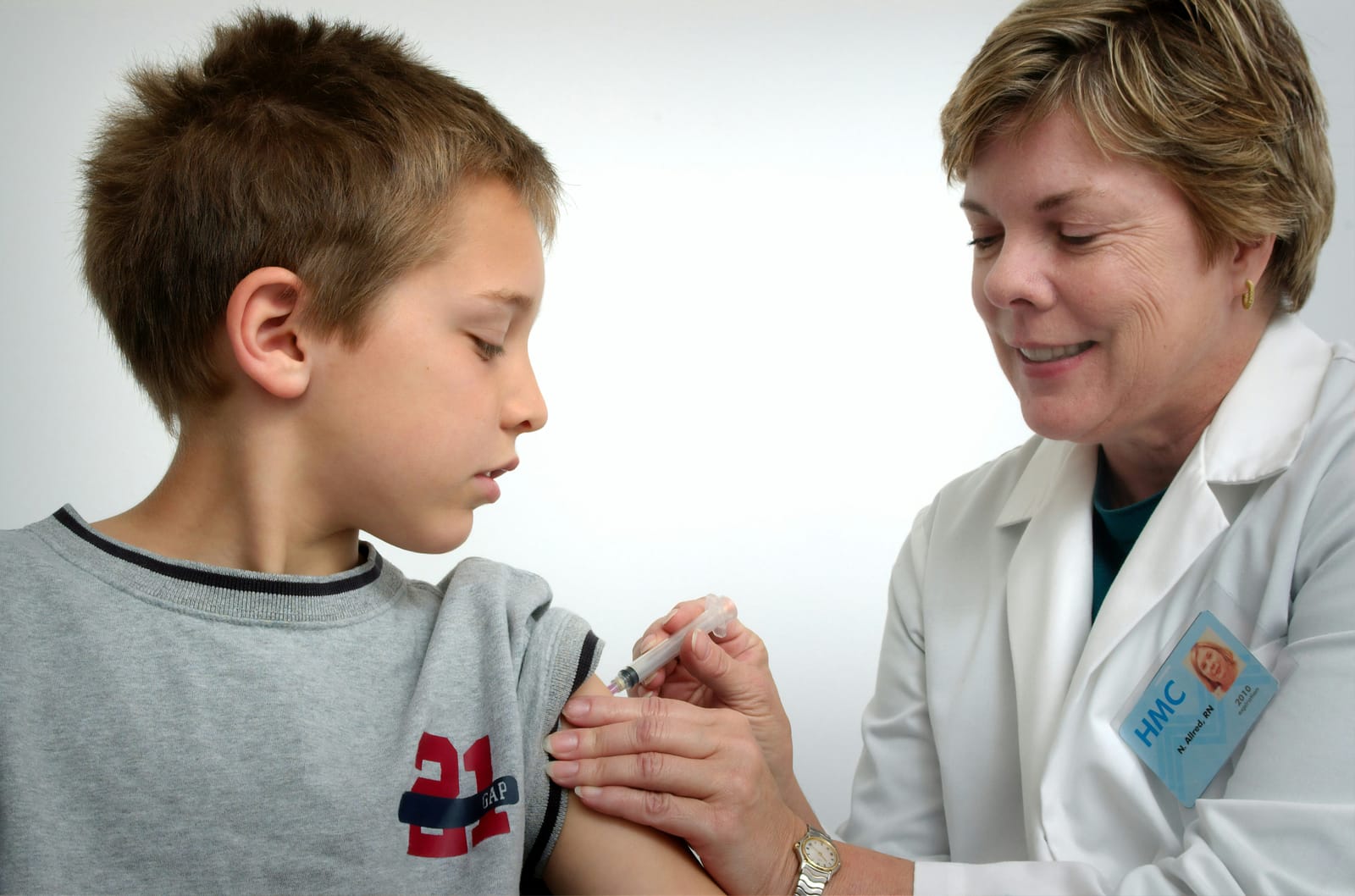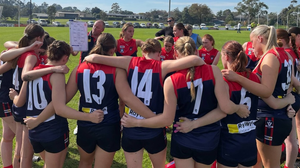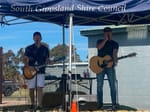Struggling to get an appointment at the doctors? You’re not imagining things. According to a recent report from the Gippsland Primary Health Network
(PHN), the nationwide shortage of general practitioners is impacting healthcare services in South Gippsland, with local medical professionals warning the situation could worsen without intervention.
Speaking to the Prom Coast News, the Foster Medical Centre’s Dr Louisa Tatton identified a system that prioritises more and more doctors to become hospital and private specialists and an increasing discrepancy between the wages of those specialists and GPs as two of the primary challenges in finding doctors willing to work in country areas.
“While many of us at Foster Medical love the complexity, variety and autonomy we have in our work, for doctors coming out of the hospital system or looking around the region at where they might work, the hard truth is that working in our rural town means working harder, for less money than our urban counterparts,” Dr Tatton said.
New Australian Institute of Health and Welfare (AIHW) data reveals the disparities in healthcare access between metropolitan and rural areas. For every 100,000 Melbourne residents, for example, there are 409 clinicians available, compared to just 150 per 100,000 in other areas. This shortfall means approximately 20 percent of Australia’s rural population cannot access a local GP.
South Gippsland faces additional challenges with its aging population. By 2030, Gippsland is forecast to have the second-highest proportion of residents aged 65+ among all PHN regions in Australia. More alarmingly, the area records the highest rate of fall-related deaths in the country.
“Falls and potentially preventable hospitalisations remain alarmingly high,” said Amanda Proposch, Chief Executive Officer at Gippsland PHN.
“This is a major concern—one we are actively working to address through seeking providers to deliver falls, strength, and balance programs tailored specifically for older people.”
The age-standardised rate of deaths from accidental falls in Gippsland was 15.4 per 100,000 population, significantly higher than the Australia average of 8.3 per 100,000 people.
Community members consulted for the PHN report named numerous barriers to healthcare access, including prohibitive costs, extended waiting times, and transportation difficulties. “People cannot afford to go to GP... when people avoid the GP they end up in ED and it costs more,” one resident noted.
Despite current challenges, Dr Tatton holds hope for the future of the local medical workforce. She says that the Foster Medical Centre is “working hard to engage with rural workforce agencies, training bodies and local hospitals to continue to put Foster on the map as a great place to train and live. We are hugely grateful to work with such an amazing hospital and Community Health Service and Aged Care team (including staff and volunteers), which provide wonderful care to the community alongside our clinic.”
And some relief may be on the horizon. The federal government has pledged over $48 million toward creating 100 new medical school places annually from 2026, increasing to 150 by 2028.
However, medical education experts argue more immediate action is needed. “We turn away thousands and thousands of Aussies every year from medical school,” said Professor Michelle Leech from Monash University, who spoke to the ABC. “They’re all smart and they’re all good people.” Cara Schultz






